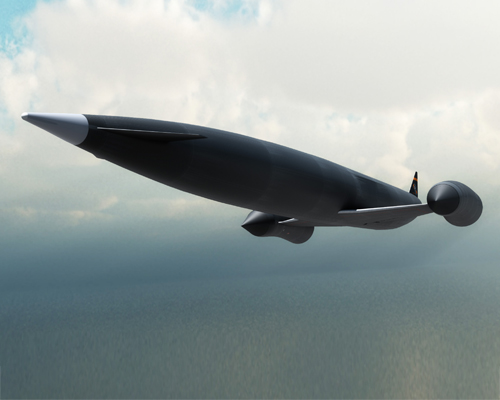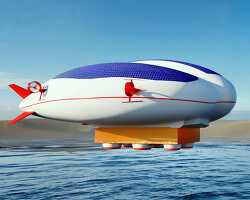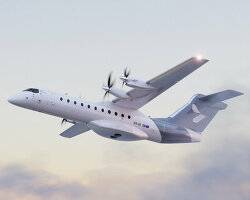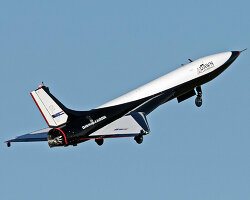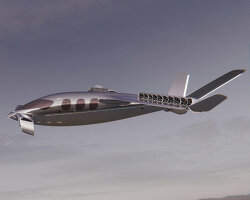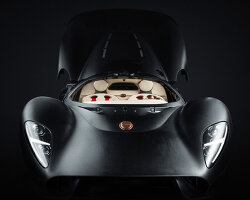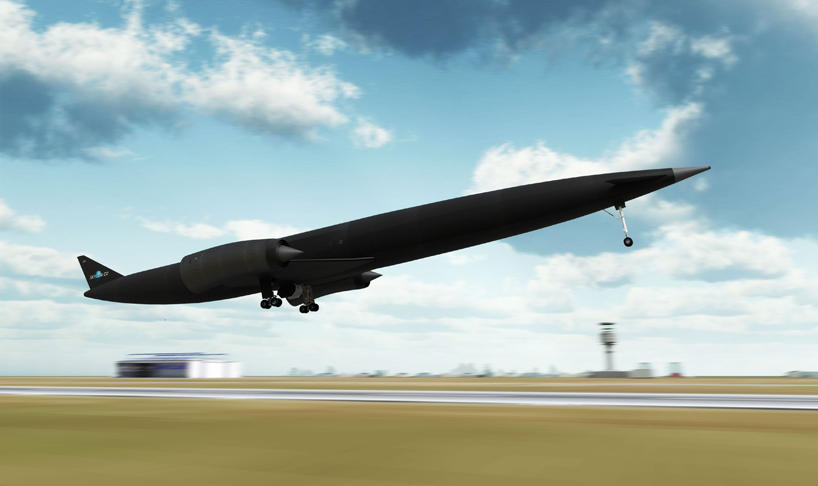
carbon fiber spaceship to travel across universe at mach 5.5 with synergistic air-breathing rocket engines
all images courtesy reaction engines limited
traveling to the edge of the universe by plane might be possible thanks to synergistic air-breathing rocket engines (SABRE) and ‘skylon’, an un-piloted, reusable spacecraft designed to offer reliable, responsive and cost effective access to space. currently in early development phase, the vehicle will be capable of transporting 15 tonnes of cargo into space and autonomously take off from a runway, fly direct to earth orbit and return for a runway landing, just like an aircraft.
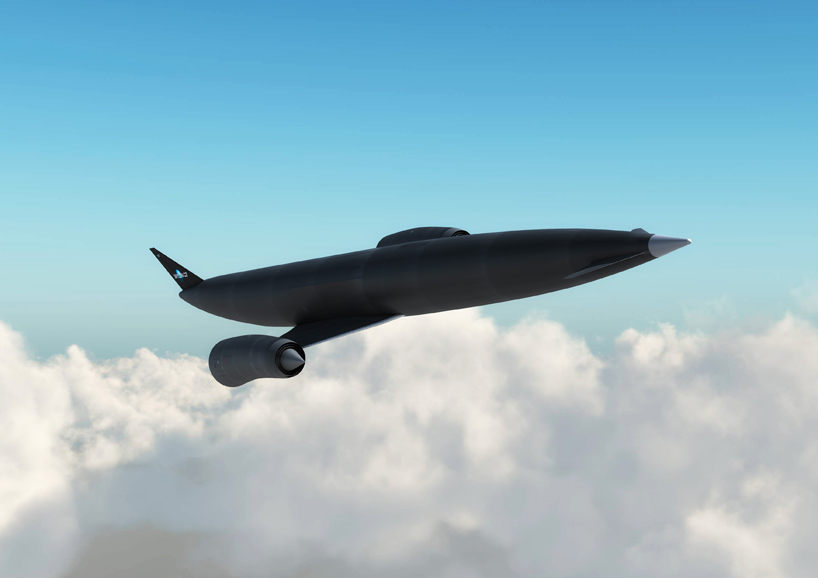
the ‘skylon’ fuselage and wing load bearing structure is made from carbon fiber reinforced plastic and consists of stringers, frames, ribs and spars built as warren girder structures. measuring just 0.5mm, the extremely thin external aeroshell is constructed from a fiber reinforced ceramic and carries only aerodynamic pressure loads which are transmitted to the spaceship structure through flexible suspension points. the aircraft contains a propellant tank and payload bay, and delta wings attached midway along the fuselage carrying the SABRE engines in axissymmetric nacelles on the wingtips. in space, the vehicle would be able to launch elements on in-orbit infrastructure such as modules for future space stations, for space telescopes, for planetary missions and for large satellites.
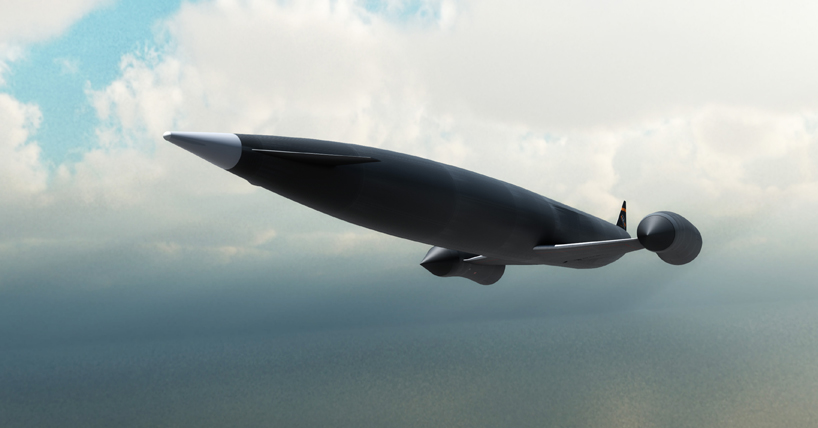
thrust is generated using the rocket combustion chamber and nozzles
‘skylon’ uses the SABRE engines in air-breathing mode to accelerate from take-off to mach 5.5 which allows atmospheric air to be captured and used in the engines. at 25 kilometers altitude the engine transitions to its rocket engine mode, using liquid oxygen stored on board, to complete its ascent to orbit at a speed of mach 25.
video courtesy reaction engines limited
